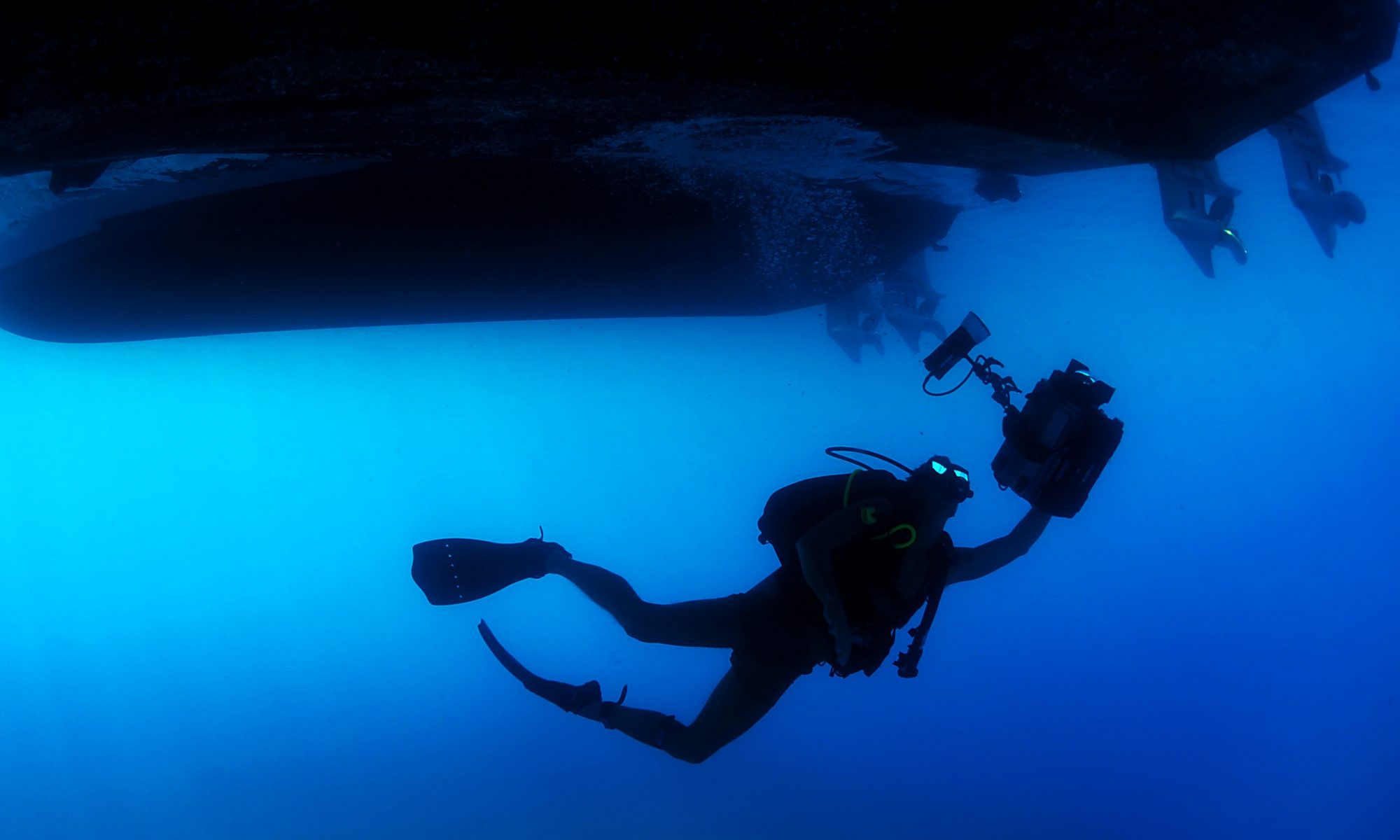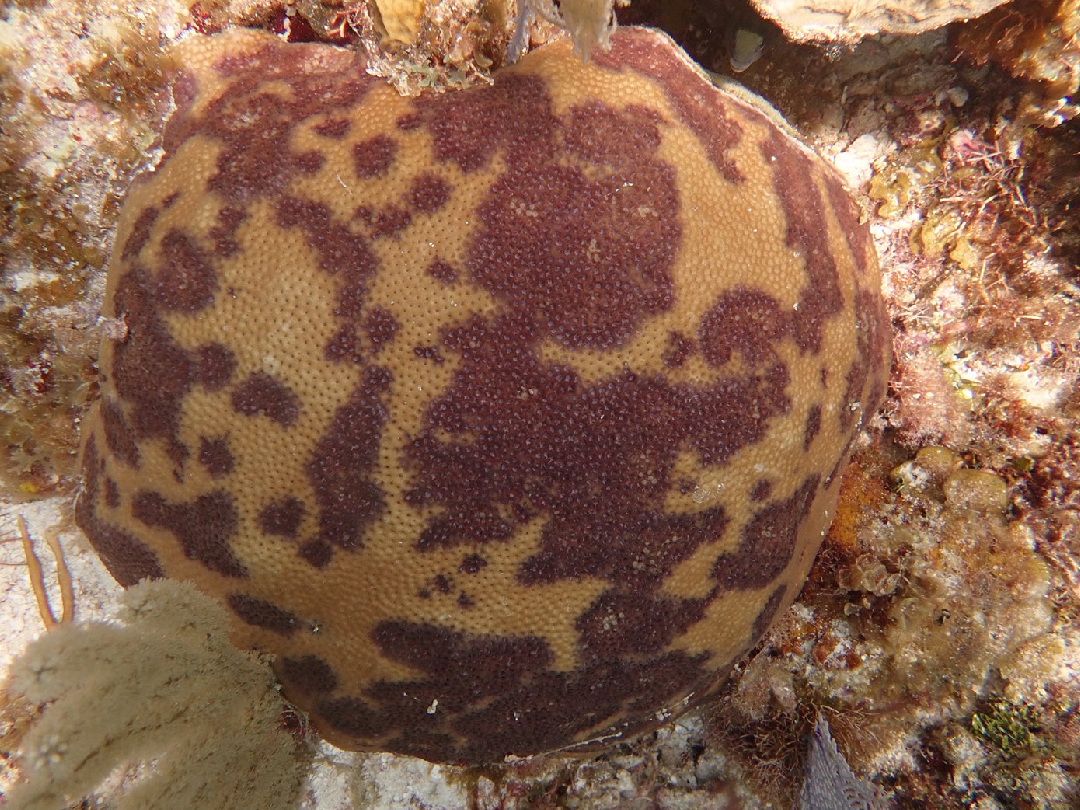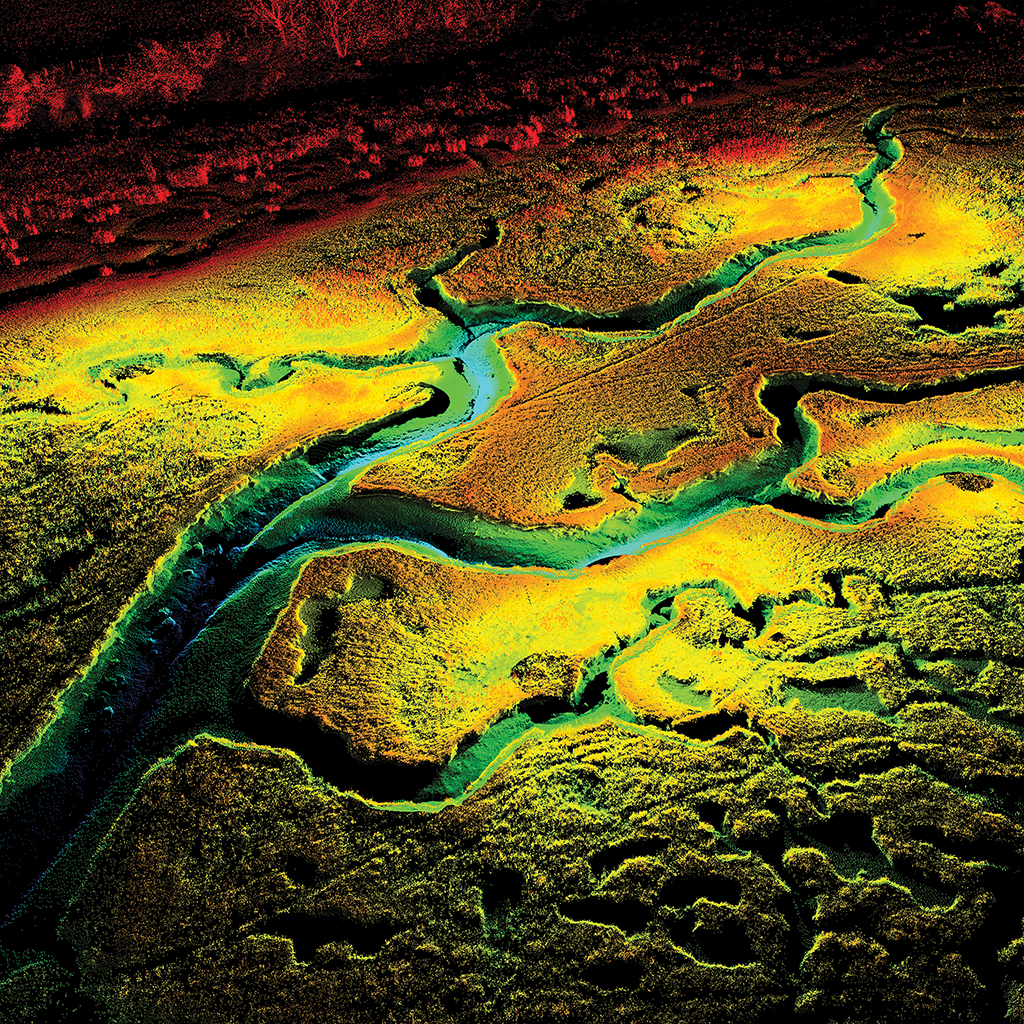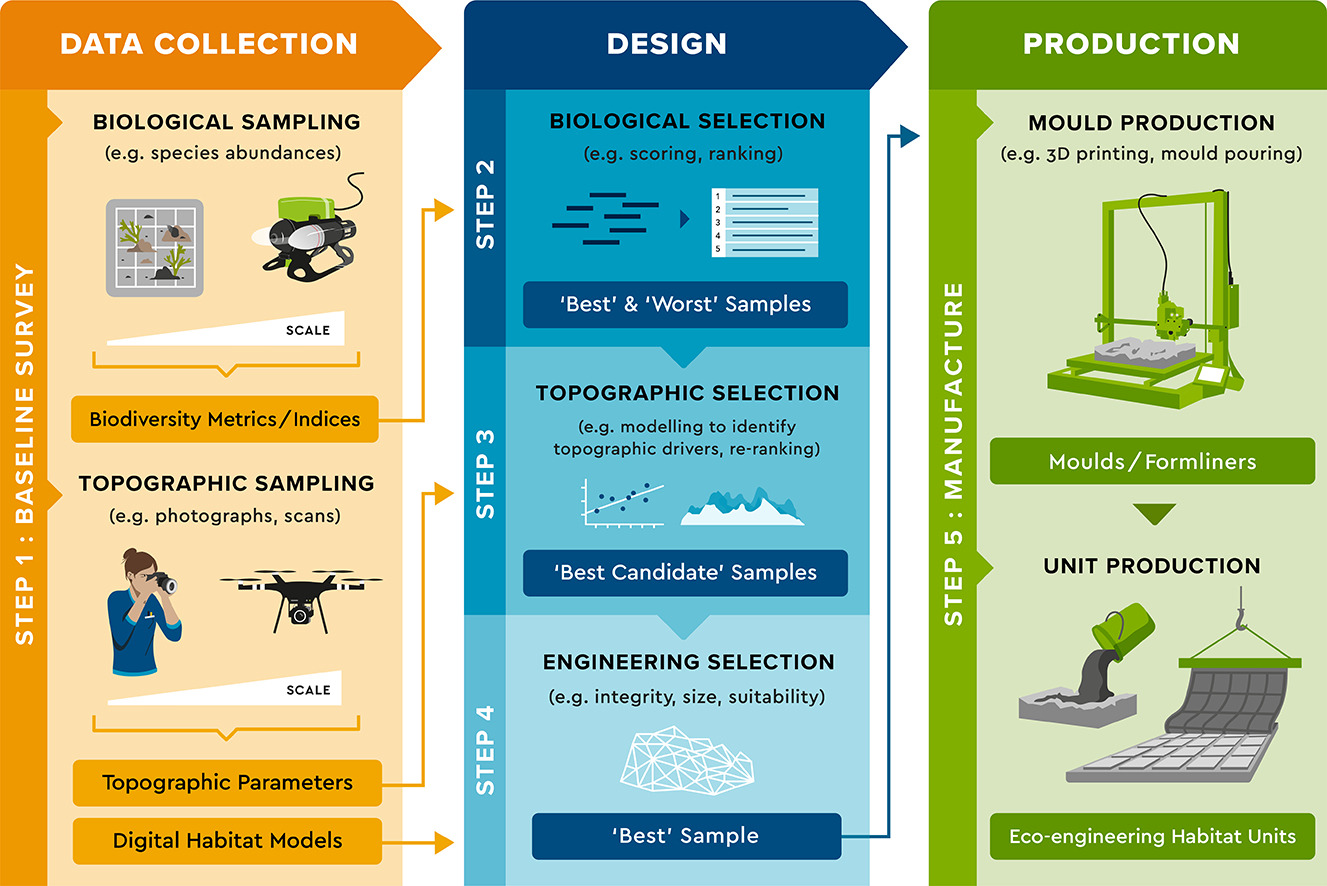Terrestrial runoff and meteorology drive changes in coral reef water quality in southeast Florida, USA
Whitall D, Williams GJ, Aeby GS, Davies AJ, Spring DL, Walker BK
Nearshore declines in water quality are potentially exacerbating the negative impacts of climate change-induced ocean warming on many coastal coral reefs. While the relationship between land-based flow (including groundwater) and water quality is well understood in estuaries, it is less understood on coral reefs. Using machine-learning statistical modeling (boosted regression trees), we tested for relationships between water quality (monthly grab samples for nutrients and total suspended solids) from 29 reef sites across south Florida, USA (from 2018 to 2021), and measured land-based outflow from the coastal inlets, rainfall, and wind over the same time period. Our models explained 21.1-79.7% of the variation in the water quality concentrations during the model training phase, and 7.9-67.9% during the model test phase (i.e. when predicting to new data the model had not been trained on). Changes in inlet outflow were key to explaining changes in nitrate and nitrite on the reefs, while changes in rainfall were key to predicting changes in orthophosphate and total phosphorus; in both cases, relationships were positive. Concentrations of silica were higher in shallower water (depth dependent), while changes in total suspended solids were not well explained (low percentage of variability explained). Importantly, markedly increased levels of nitrate and nitrite occurred at specific thresholds of inlet outflow. Given that the outflow from the inlets is anthropogenically altered via upstream flood control engineering, this offers the opportunity to manage key aspects of reef water quality in the region by considering the linkage with offshore ecosystems when making water management decisions.
[sendpaper paperurl=”2025_Whitall.pdf”]
Full Citation
Whitall D, Williams GJ, Aeby GS, Davies AJ, Spring DL, Walker BK (2025) Terrestrial runoff and meteorology drive changes in coral reef water quality in southeast Florida. Mar Ecol Prog Ser 774:123-141.











